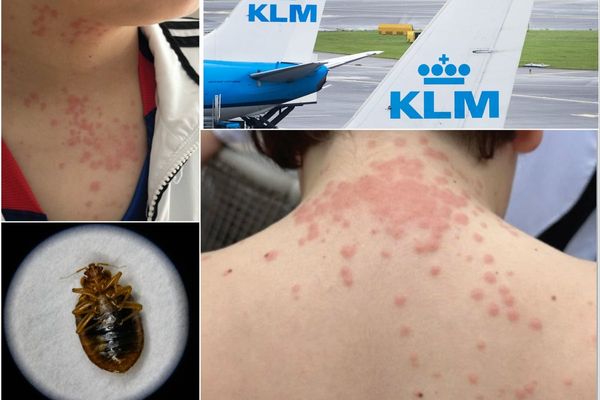Ever stopped to wonder what exactly gives Kool-Aid its neon punch or Jell‑O its flashy hues? If Kraft Heinz removes artificial dyes by 2027, you might finally get the answer. With growing regulatory pressure and consumer concern, understanding what’s in these foods matters more than ever. This deep dive reveals what additives have colored our meals—and what the switch to natural means for taste, health, and your pantry. It’s time to rethink your snacks with clarity you’ll actually care about.
Today’s Artificial Dyes: What Aren’t You Eating?

A range of FDA-approved dyes like Red 40, Yellow 5, Yellow 6, Blue 1, and Blue 2 are common in Kool‑Aid, Jell‑O, and Jet‑Puffed marshmallows… and SO many other foods. These artificial dyes are petroleum-based and provide vibrant colors at a low cost. Studies have linked some of them to behavioral issues in children, though the FDA hasn’t confirmed causation. About 10% of Kraft Heinz products still rely on these synthetic colors. That includes beloved snacks you never suspected had fake hues.
How Did Food Dye Become So Ubiquitous?
Artificial dyes have been staples in processed food since the early 1900s, replacing natural pigments that lacked consistency. They keep foods looking fresh and appealing—stored colors fade more slowly in synthetic forms. Brightly colored products also influence perceived taste and even the strength of flavor. But with rising health awareness, what once seemed like harmless fun is increasingly scrutinized. That shift explains why companies like Kraft Heinz are rethinking their ingredient lists.
Why Is Kraft Heinz Acting Now?
Kraft Heinz announced that nearly 90% of their U.S. products are already free of artificial dyes. Under pressure from the FDA and HHS Secretary RFK Jr.’s “Make America Healthy Again” campaign, they pledged full elimination by 2027. They also committed to stopping any new dye-laden products effective now. Executives say challenges include matching dye quality and taste with natural options. Still, the company sees this as a long-term brand and health investment.
What Are Natural Dye Alternatives?
Natural color sources include turmeric (yellow), beetroot (red), paprika, annatto, and anthocyanins from berries and red cabbage. These options are plant-derived and exempt from rigid FDA certification, often seen as healthier. But they’re less stable—they may fade in sunlight or subtly change color over time. They also come with variable taste profiles—beet-based red may lend earthy notes. And sourcing enough supply raises cost; food scientists are working hard to innovate to maintain product quality.
Which Products Are Most Affected?
Desserts and drinks like Jell‑O, Kool‑Aid, Crystal Light, and Jet‑Puffed marshmallows lead the list. Kraft’s ketchup has always relied on tomato color, so it’s already dye-free. But other items—such as certain Lunchables, flavored drink powders, and some condiments—will see reforms. New sauce blends or dessert mixes may get redesigned to avoid synthetic hues entirely. Tracking these changes helps shoppers choose more natural options transparently.
What Comes After 2027?
By the 2027 deadline, Kraft Heinz will either eliminate artificial dyes, use natural colors, or redesign shades if no natural substitute suffices. Similar industry moves are underway—Tyson Foods, PepsiCo, and Kellogg are also reformulating to remove dyes. Smaller brands will likely follow suit under consumer demand and the regulatory wave. The FDA is already phasing out six synthetic dyes by the end of 2026. We can expect more label transparency and cleaner ingredient lists industry-wide.
What It All Means for You
This transition means the neon colors you grew up loving may look different by a few shades. But that’s a small price compared to the potential health benefits and fewer synthetic additives in your diet. Be prepared for slight taste variations and maybe a subtle, duller appearance in some favorites. If artificial brilliance matters to your kids, explaining the change can build trust and healthier habits. Ultimately, you’re getting familiar products with cleaner ingredients—and that’s worth the trade-off.
A New Chapter in Food Coloring
Kraft Heinz’s dye-free pledge reflects a broader shift in the food industry: consumers now want what they eat to be as natural as possible. These changes signal transparency, health awareness, and respect for informed choices. While our rainbow snacks may soften their glow, the movement is all about real ingredients and accountability. And for shoppers, it’s a win: more label clarity, fewer synthetic dyes, and a step toward healthier eating.
What’s your take—do you prefer bold colors or cleaner labels? Tell us if you’ll miss the neon hues in your childhood favorites!
Read More
4 Popular Snack Foods That Still Use Dyes Linked to Hyperactivity and Behavioral Issues
How the U.S. Compares: International Approaches to Food Dye Regulation
The post If Kraft Heinz Plans to Remove Artificial Dyes by 2027, What Have We Been Eating? appeared first on Grocery Coupon Guide.







